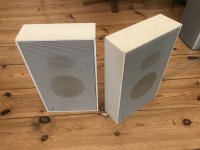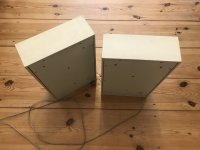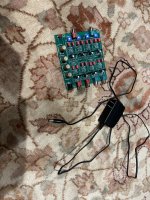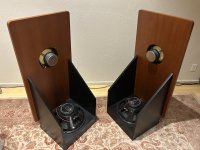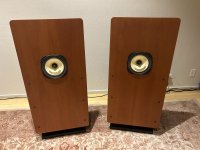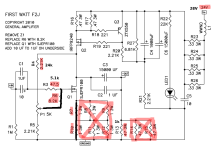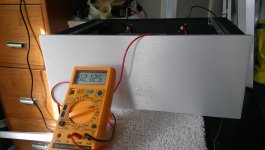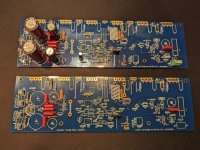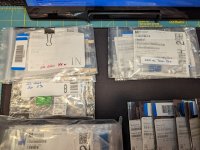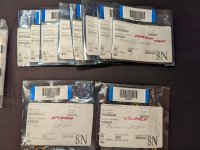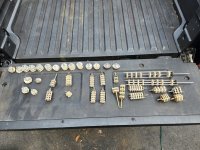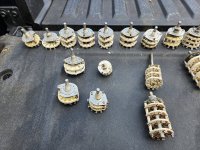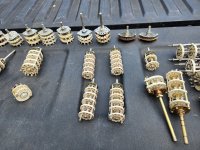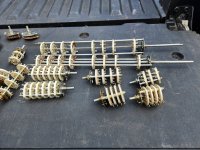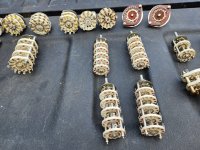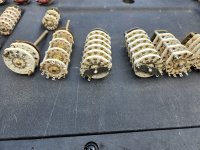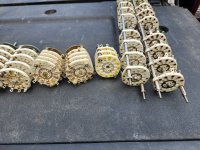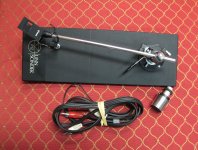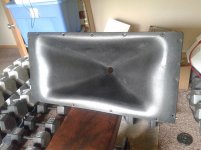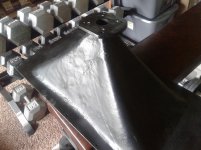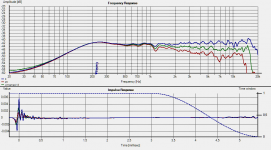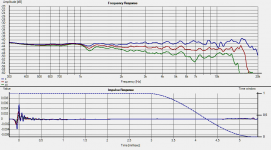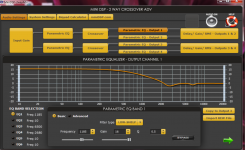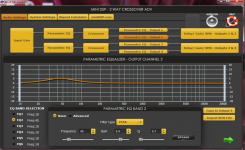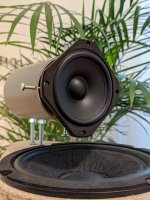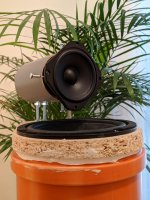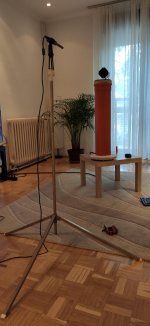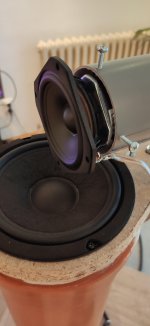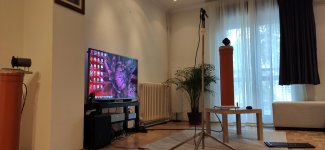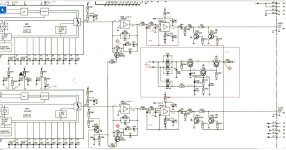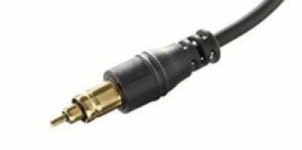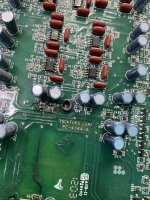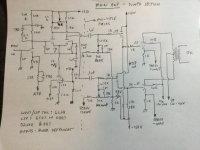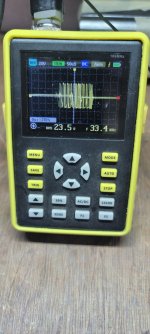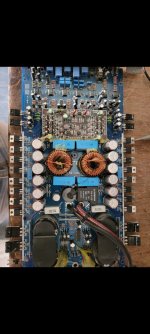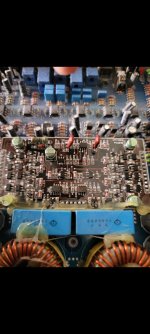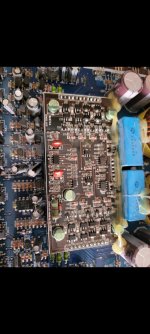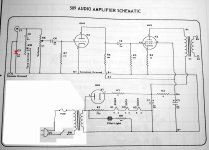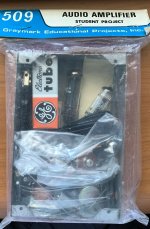Speaker Repair book
- By ormaspeakers
- Vendor's Bazaar
- 0 Replies
Hello everyone. I repaired loudspeakers in Budapest for 25 years, but towards the end they brought work from neighboring countries as well. I stopped repairing, and there were several reasons for this. There was no room for improvement and creation is closer to me, so I started making speakers. In addition, I would like to move to a farm where production is more feasible, but repair is less. But so that the collected knowledge would not be lost, I wrote down everything I could in a 516-page book. It contains all the information necessary for a beginner with basic technical knowledge to repair any speaker. I described in detail what tools, chemicals, solvents, adhesives and how we used them for the work. In the first 9 chapters, I show you how to make different voice coils, change surrounds, repair diaphragms or spiders. Chapter 10 is all about repairing tweeters. Few people undertake these, so I deal with the topic in more detail. You can find out how to e.g. to wind a dome coil, to make a ring membrane, or to correct their errors. Since there are even fewer people who repair ribbon tweeters, I will show you how to repair five different ribbon tweeters... or make diaphragms. Chapter 11 is about professional speaker assembly, and the last chapter is about making speaker components. I present how, from what, and with what tools paper membranes are made... and I even describe the recipe for my own membranes. In addition, I show how I make plastic and metal membranes, spiders, surrounds, dust covers, tweeter membranes, or flat wire. I think this book fills a gap in this profession, but judging this is not my task. The book can be found on ebay, but you can also order it from me via Paypal. The price is $75 + shipping. I am happy to answer any questions.
Attachments
-
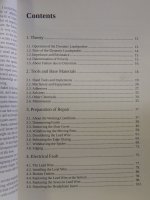 cont 1.JPG447.1 KB · Views: 131
cont 1.JPG447.1 KB · Views: 131 -
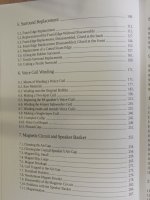 cont.2.JPG433.1 KB · Views: 123
cont.2.JPG433.1 KB · Views: 123 -
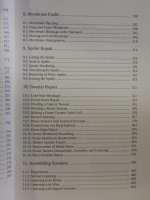 cont.3.JPG462.1 KB · Views: 123
cont.3.JPG462.1 KB · Views: 123 -
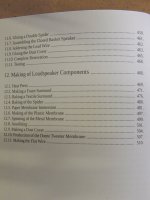 cont.4.JPG398.5 KB · Views: 138
cont.4.JPG398.5 KB · Views: 138 -
 inside.1.JPG431.9 KB · Views: 132
inside.1.JPG431.9 KB · Views: 132 -
 inside.2.JPG403.2 KB · Views: 122
inside.2.JPG403.2 KB · Views: 122 -
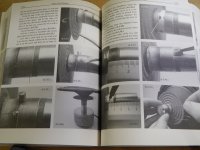 inside.3.JPG423.3 KB · Views: 112
inside.3.JPG423.3 KB · Views: 112 -
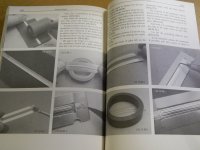 inside.4.JPG392.4 KB · Views: 122
inside.4.JPG392.4 KB · Views: 122 -
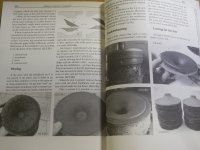 inside.5.JPG456.6 KB · Views: 118
inside.5.JPG456.6 KB · Views: 118 -
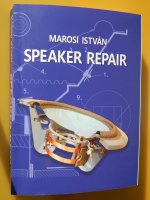 repair.1.JPG381.1 KB · Views: 123
repair.1.JPG381.1 KB · Views: 123 -
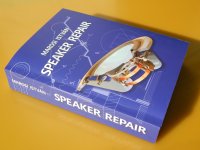 repair.2.JPG330.6 KB · Views: 134
repair.2.JPG330.6 KB · Views: 134
